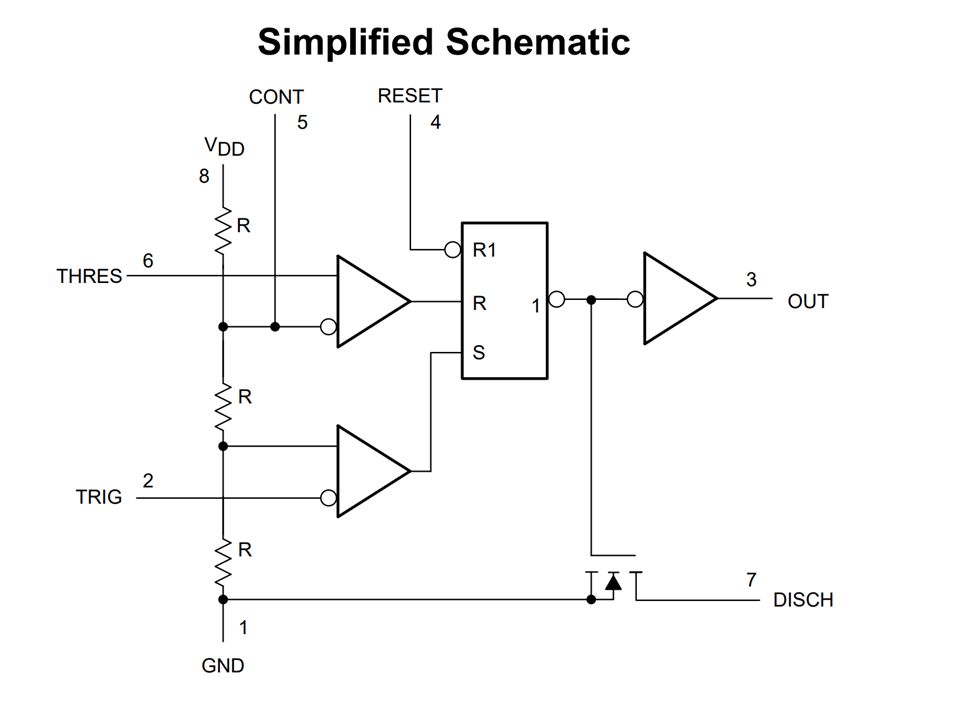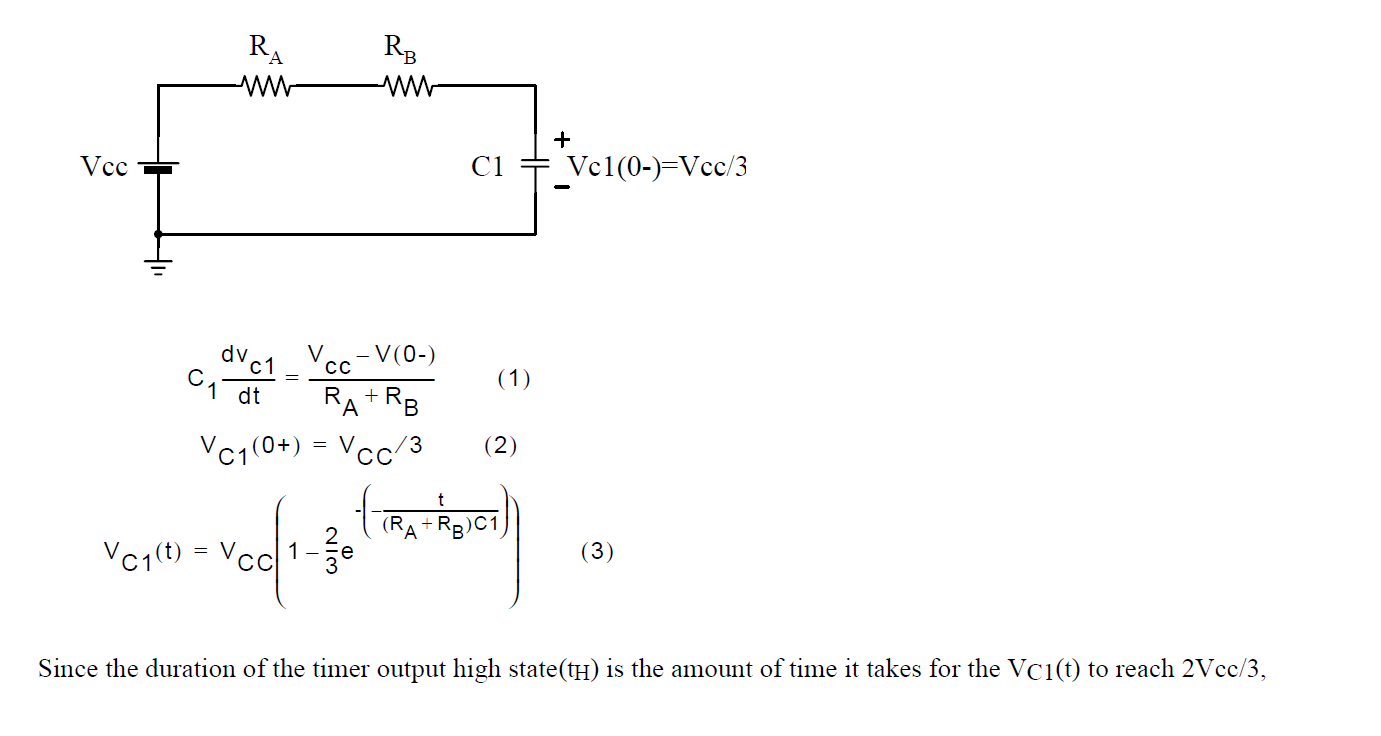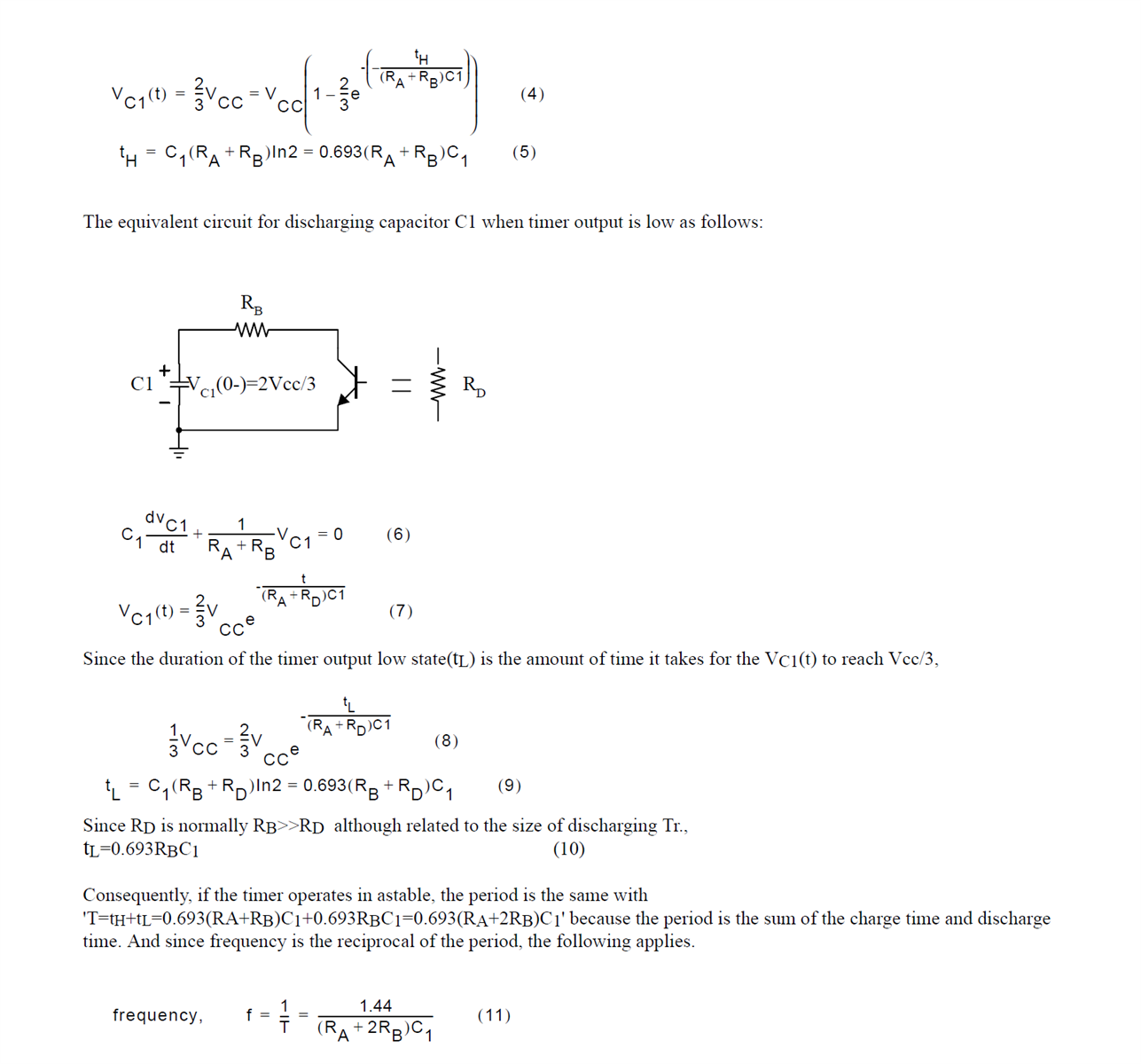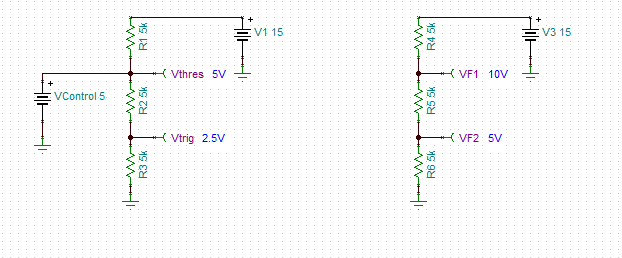Hi,

the LM555 timer is designed as VCO with input control voltage to receive certain frequency, but the formula which is given in the datasheet doesn't applicable with this design (there control voltage is grounded).

so, could help us with the frequency out & duty cycle formula if the control voltage pin is provided with input voltage?








